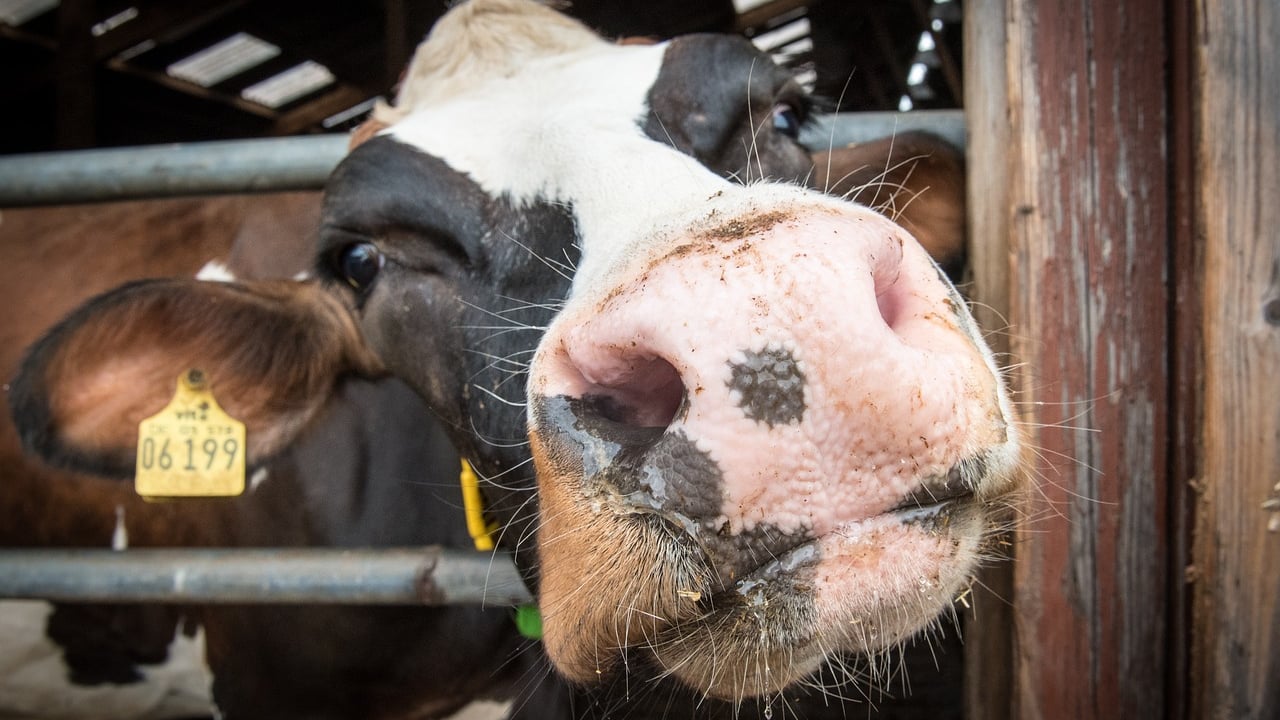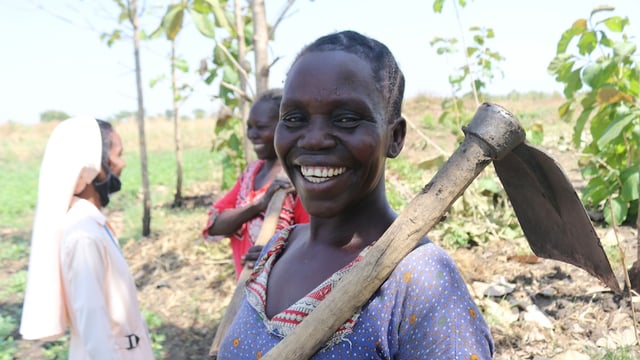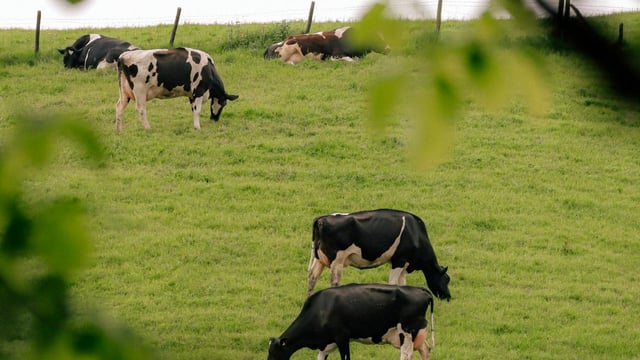Study looks at how best to communicate biosecurity measures to farmers
Both on-site farm visits and face-to-face group meetings have been described as "mostly preferred" by farmers when it comes to communicating biosecurity measures, according to a new research report.
The report, published as part of the research publisher Frontiers' topic 'Biosecurity of Infectious Diseases in Veterinary Medicine', analysed stakeholders' responses on communication methods used.
Focus groups of researchers and official services and industry people were used.
In terms of interaction with farmers, 62% of respondents reported engaging with farmers multiple times per year, 20% interacted less frequently, and 18% indicated that they rarely engaged with farmers.
The respondents reported that on-site farm visits and face-to-face group meetings were the primary communication methods they used, which aligned with the methods perceived as mostly preferred by farmers.
However, perceived preference was slightly higher than actual use, according to the research.
The effective methods for communicating biosecurity messages to farmers in the study included the following:
- Direct interaction and practical learning;
- Audio-visual media and support materials;
- Importance of personalisation and coordination;
- Challenges and innovative solutions.
Responses to webinars, online seminars, individual online meetings, and online resources such as websites, showed correspondence between their limited use and the perceived farmers' preferences.
Discrepancies emerged in specific methods, particularly telephone conversations, which were used more frequently than they were perceived to be preferred by farmers.
Printed materials, such as leaflets and pamphlets, also showed moderate differences, whereas written correspondence remained consistently low in both use and perceived preference.
The risk of disease outbreaks, pest infestations, and other biosecurity threats can have devastating consequences on local and global food systems
However the challenge lies not only in identifying practices, but also communicating these practices to farmers
There was also consensus on the importance of tailoring biosecurity messages to the farming system and its context.
The concern reflects a trend toward what the study described as the "failure of generalised messaging", which "often overlooks the specific characteristics and resources of individual farms".





